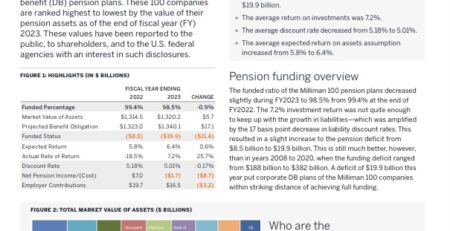Maximizing Utility of Withdrawals in Retirement and the Efficiency of Required Minimum Distributions
By Chester Chambers
We focus on a simplified problem for a risk-averse retiree seeking to maximize utility associated with annual spending and a remaining value at the end of the problem horizon when the funds are extracted from a portfolio that includes a risk-free and a risky asset. To organize discussions about this setting we utilize a novel metric which we label “Efficiency”. This measurement compares the utility derived from annual withdrawals and the final value with a benchmark based upon the maximum sustainable spending rate that could have been chosen under perfect information. We use 10,000 scenarios developed using historical data to evaluate efficiency over a family of spending rules and asset allocations. In the process, we develop insights about the structure of such rules, and asset allocation schemes. The metric used here can be useful by planners and advisors who wish to present a comparison of policies built around upon a single value. Some withdrawal strategies will outperform the benchmark for many investors. In particular, we find that strategies built around Required Minimum Distribution (RMD) rules are surprisingly efficient and also have characteristics that mitigate against some effects of market risk, longevity risk, and sequencing risk. Our findings suggest that advisors and clients will be well served by comparing policies in a consistent way and that we all should more seriously consider withdrawal strategies built around RMD rules.
Source: SSRN










